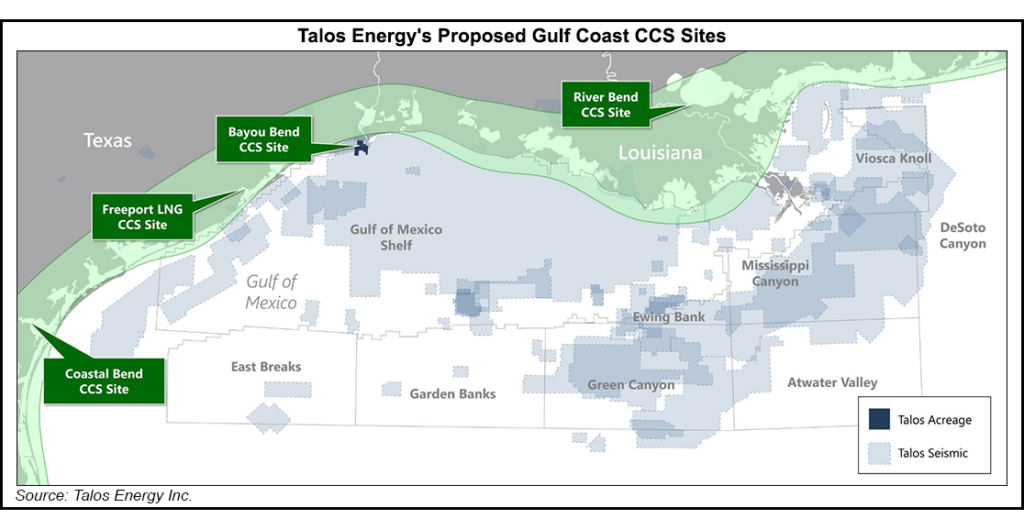E&P | Earnings | Energy Transition | Infrastructure | International | NGI All News Access | Oil
Talos CEO Touts IRA Legislation’s Positives to Advance CCS, Upstream Oil and Gas
© 2024 Natural Gas Intelligence. All rights reserved.
ISSN © 1532-1231 | ISSN © 2577-9877 |



